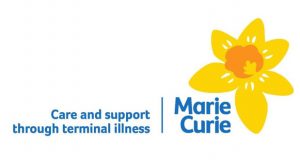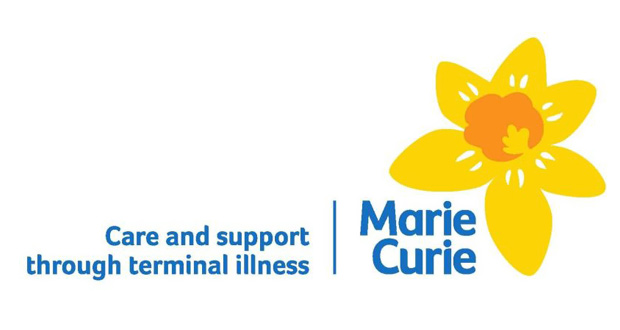Research Helps Understand How Doctors Recognise When A Patient Is Dying
 Research published in the journal BMJ Open has identified the key signs and symptoms that expert doctors use to recognise when terminally ill patients are imminently dying.
Research published in the journal BMJ Open has identified the key signs and symptoms that expert doctors use to recognise when terminally ill patients are imminently dying.
The findings come from researchers, led by Dr Nicola White, at the Marie Curie Palliative Care Research Department at UCL, whose previous study found that some doctors are frequently inaccurate when predicting how long those living with terminal illnesses will survive. The previous study revealed a wide variation in errors, ranging from an underestimate of 86 days to an overestimate of 93 days.
While the NICE guideline on care of dying adults in the last days of life describes the recognition of imminent death as an essential first step towards improving care for dying patients, it does not clearly explain how clinicians are expected to identify such patients – nor does it offer advice about how novice doctors can learn or improve their clinical skills in this area.
The team’s new study set out to, first, identify a group of palliative care doctors who had particular expertise at recognising when a patient is dying. Volunteer doctors completed an online test, in which they were presented with 20 real case studies of patients who had been referred to a hospital or hospice for palliative care. The doctors were asked to decide whether the patient was close to death or not, and the results enabled researchers to identify the top 20% of participants who were most accurate at predicting when the patients would die.
The ‘top-performers’ were then presented with an additional 50 cases of hypothetical patients and were again asked to estimate the probability of death within the next 72 hours. Based on the decision-making of this ‘expert group’, the researchers were able to determine the relative importance of different factors that unconsciously lay behind the doctors’ survival predictions.
The most influential factor was the Palliative Performance Score, which measures how much support someone needs based on their functional ability: ranging from fully independent (100%) to bed bound needing full support and unconsciousness (10% and below). The next most important factor was the presence of an abnormal pattern of breathing called Cheyne Stoke breathing.
Paddy Stone, Professor of Palliative and End of life care at the Marie Curie Research Department at UCL, said:
“Even at the very end of their lives, patients, their families and the staff looking after them want to know how long they may have left to live. Understanding that death is imminent can allow patients and their families adequate time to prepare. This research has shone a light on how expert doctors are able to recognise when terminally ill patients are nearing the ends of their lives and it is to be hoped that this greater understanding will help to educate medical students and less experienced doctors about how to improve this clinical skill.”
Dr Adrian Tookman, Medical Director at the Marie Curie Hospice, Hampstead, said:
“When someone is unwell and imminently dying, the question that is almost always asked is ‘how long has my loved one got?’ This is such an important issue since it allows people to make the very best decisions in, what for most people, is a very distressing time. This paper reinforces that expertise and knowledge in this area is needed, we need to understand how we can help people to manage the uncertainties that can occur at this time. Medicine is part art and part science, we must ask and explore the most challenging questions to improve our understanding of the dying process. It is only by doing this, that we can teach others to manage dying patients in the most compassionate and appropriate way.”
Julie Pearce, Director of Nursing and Quality at Marie Curie, UK, said:
“The role played by the multi-disciplinary team caring for patients who are dying is central to the experience of both the person and their family. The effectiveness of that care can be determined by a blend of the knowledge and experience of the team. This study demonstrates how difficult it is to predict that the person is imminently dying on clinical signs alone. It would be interesting to explore the value and contribution made by other members of the team to determine whether a blend of clinical signs and other subtler changes in the person’s condition could add further to the ability to predict how close to the end of life the person is. Improving knowledge in this area is key to providing better information and support to the family “
The researchers hope the study will help inform the development of educational training materials to teach novice doctors, medical students and other healthcare professionals how to model their own judgement policies on those of the ‘experts’.
The study titled ‘How do palliative care doctors recognise imminently dying patients? A judgement analysis’ was supported by the terminal illness charity Marie Curie and a UCL PhD studentship.






